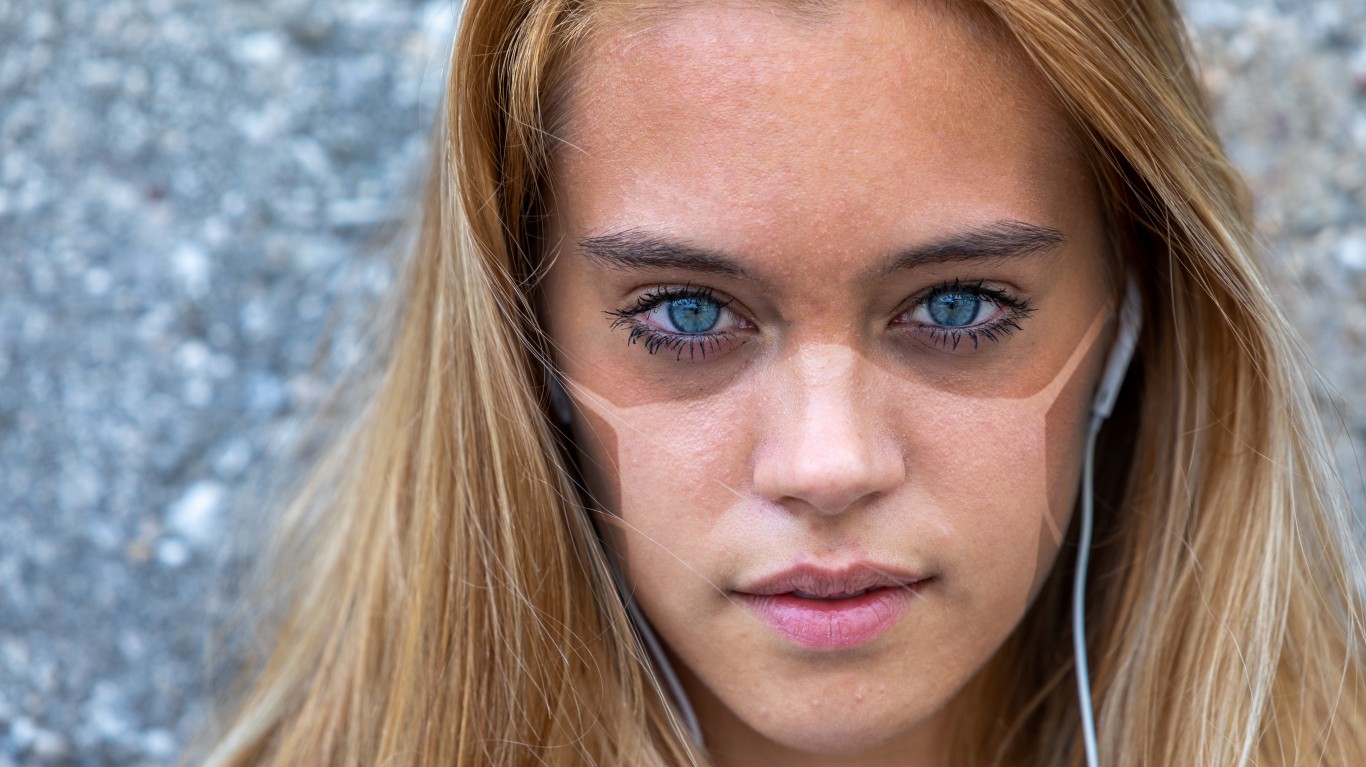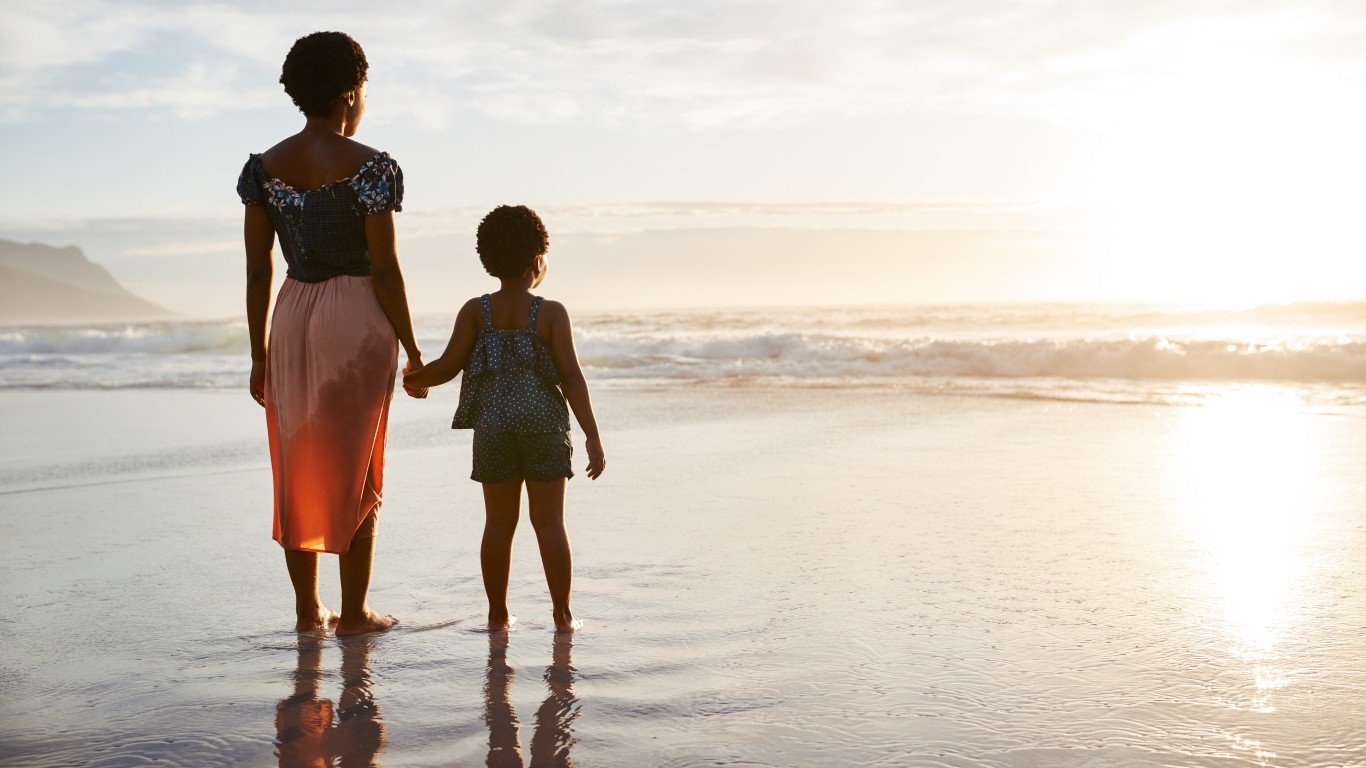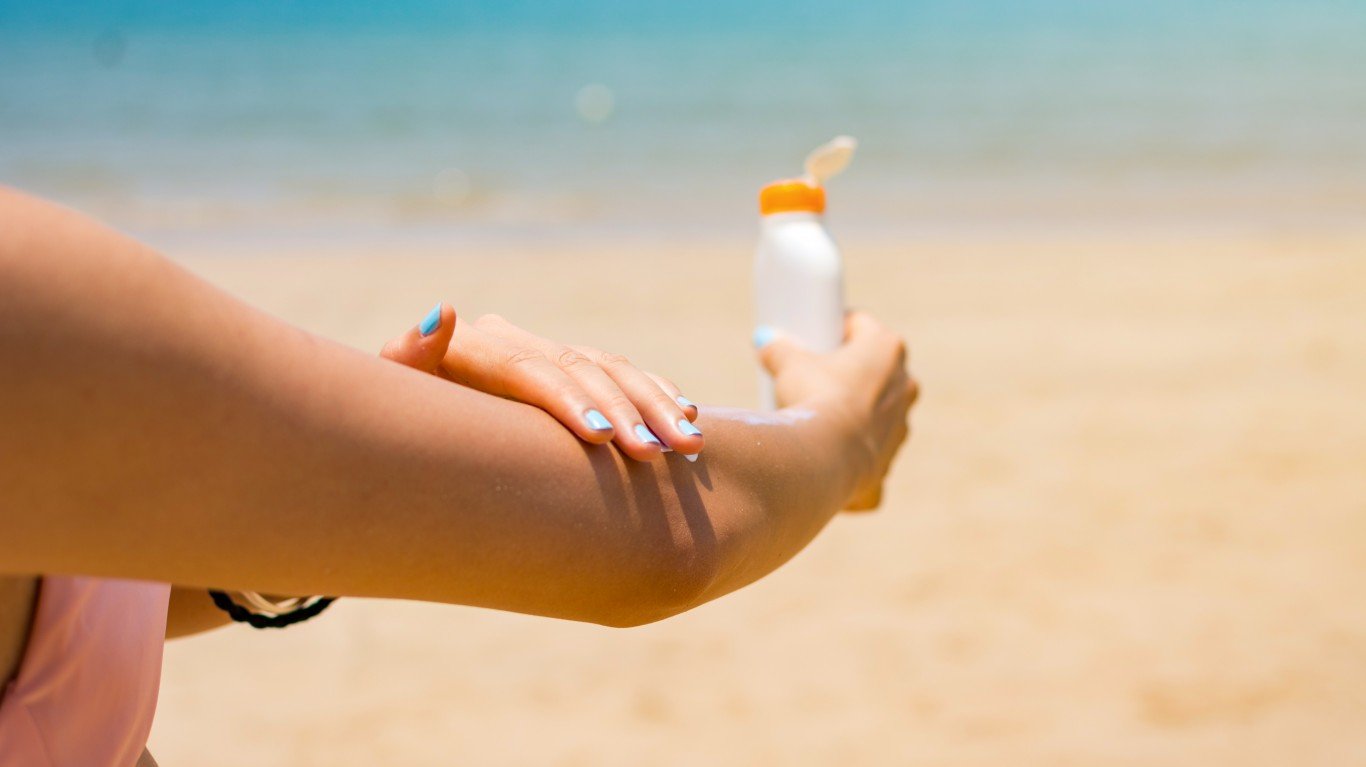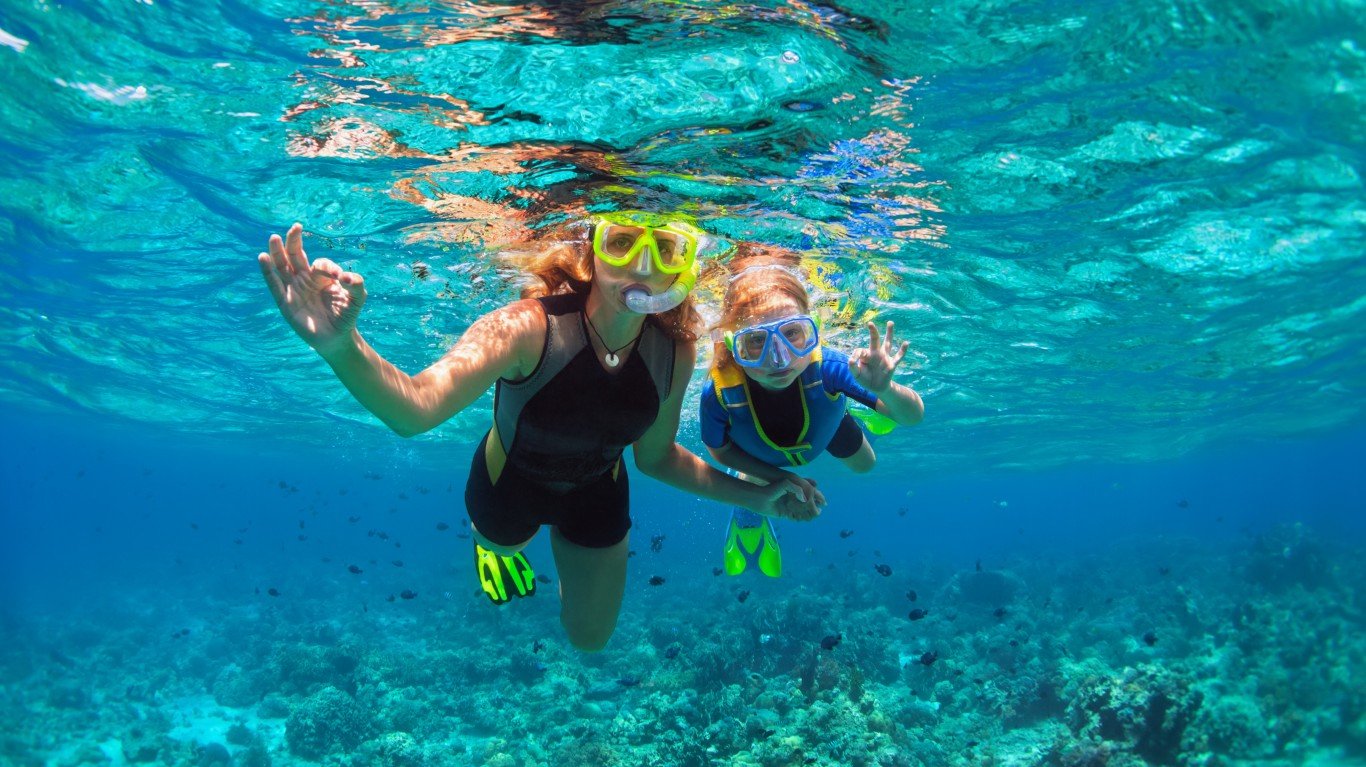
11. If you tan and not burn, you don’t need sun protection
There’s no such thing as a safe tan. A darkened skin as a result of sun exposure is a sign of skin cells that are damaged, even if there is no redness or peeling. Skin darkens as a way of trying to protect itself because the UV rays are damaging living cells. If you tan easily, you are still at risk of skin cancer and need to use sun protection.

12. Sunscreen will prevent the body from absorbing vitamin D
There is no scientific evidence suggesting that sunscreen use can lead to vitamin D deficiency. In fact, the opposite was true in a small study observing people consistently applying UVA-specific sunscreen for a week, according to the Consumer Affairs.

13. People with darker skin don’t need sunscreen
Darker-skinned people are not immune to sun damage or skin cancer. Every type of skin that has been exposed to the sun’s ultraviolet rays is at higher risk of all forms of skin cancer, including melanoma, the most dangerous form of skin cancer. Melanoma is less common among people of color but they have a lower survival rate from the disease.

14. One application of sunscreen lasts all day
All it would take to bust this myth is reading the instructions. Sunscreen must be reapplied every two to four hours, or as directed on the bottle. It should be reapplied immediately after swimming, exercising, sweating, and drying to ensure the skin is still protected.

15. Sunscreen can be waterproof
Waterproof sunscreen sounds tempting. Who wants to keep reapplying the lotion every time they get out of the water? It would be dangerous not to. Not only can you not count on sunscreen to remain on your skin after swimming or working out, but, as per the Food and Drug Administration, sunscreen can only claim water-resistance 40 to 80 minutes after application.






